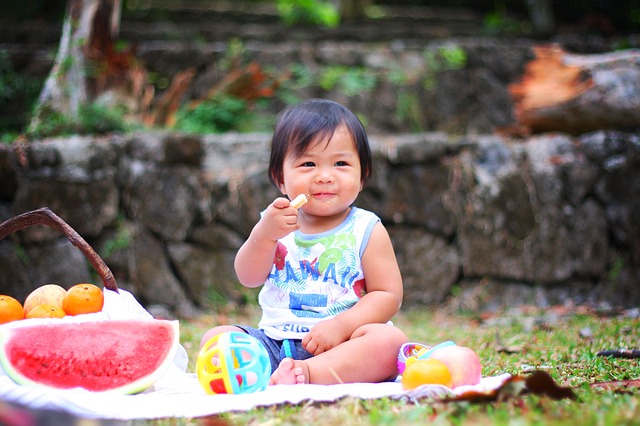When you have a young baby, there’s so much you need to teach them and so many skills you need to help them develop. From walking and talking to sleeping through the night, there are plenty of exciting milestones to aim for. Another important goal is moving on to eating solid foods. This is a key part of your baby’s development but can often be a frustrating process – not to mention a messy one!
The good news is that there’s plenty of collective wisdom to draw on from mums and dads who have gone before you to help make the task less intimidating. Here are some top tips.
When can I start introducing my baby to finger food?
The first step is to make sure that your baby is ready to move on to finger food. This is usually sometime after six months old. The signs to look out for include:
-
being able to sit upright and hold their head steady all by themselves
-
the ability to swallow food rather than just spit it out
-
being able to hold food using a pincer grip (between the thumb and forefinger)
-
enough hand-eye coordination to be able to see food, pick it up and put it in their mouth
Top tips for introducing finger food to your baby
Remember, eating is a brand new skill for babies. That means it can take some time for them to get used to it. Not only that, but you may discover that it’s easier for them to eat certain types of foods or foods with certain textures. Don’t focus too much on the specific amount of finger food they’re eating at this stage – they’ll still be getting all the nutrients they need from a formula, breast milk, or pureed food. Think of this more as working on the ability to eat solid foods.
Here are some top tips for making the process simpler and more enjoyable for both of you:
-
Be patient! Some babies take longer than others to learn how to eat solid foods, and it’s not a race. Offer lots of praise and encouragement, and you’ll see progress.
-
Try out a wide variety of different foods to find what your baby likes. This includes not only different flavours, but also different textures. However, don’t introduce them all at once!
-
Use a weaning suction plate during mealtimes, which sticks to any smooth surface and helps to reduce mess.
-
Try to minimise distractions such as TV screens while your baby is feeding, so they can concentrate on learning how to eat.
-
Offer finger foods before other types of food so your baby isn’t too full. Likewise, stop when they show signs that they’ve eaten enough (for example turning their head away or closing their mouth firmly).
-
For safety, never leave your baby alone when they’re eating finger food.
What type of food should I use?
Another big question is what sort of food to offer your baby as finger food. It’s best to start with foods that are soft, for example, fruits such as avocado and banana, cooked vegetables, and small pieces of bread. However, they shouldn’t be so soft that they simply turn into mush in your baby’s hand! Whatever you choose, cut it into small, bite-sized pieces that are still big enough to hold.
Conversely, it’s best to avoid sticky foods such as peanut butter, as well as hard foods such as nuts and raw carrots. Foods like popcorn can also increase the risk of choking. Lastly, for health reasons, it’s important not to add any salt or sugar to the food that you give your baby. This is your chance to instill a lifetime of healthy eating habits in your little one!




